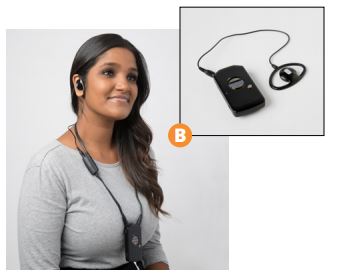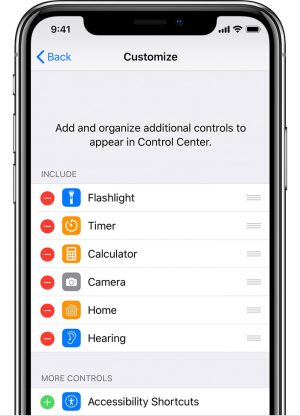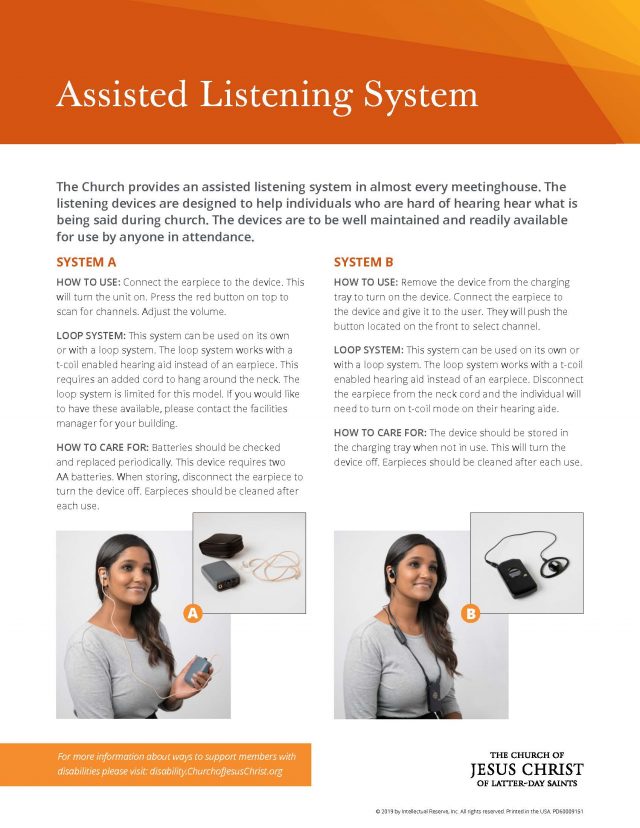 The Church provides technology to help those who are hard of hearing. These systems in meetinghouses and temples can help, even if you use a hearing aid.
The Church provides technology to help those who are hard of hearing. These systems in meetinghouses and temples can help, even if you use a hearing aid.
Meetinghouses
Meetinghouses have two types of systems that function in the chapel and in the cultural hall. (The Relief Society, children’s, and multi-purpose rooms have in-room speakers to provide the necessary volume levels.)
Those who are hard of hearing can access a radio frequency system through the following devices:
- Radio Frequency (RF) Assistive Listening Receivers are devices that fit in your pocket and use the chapel or cultural hall audio system to amplify sound to an earpiece.
- Assisted Listening System (ALS) Neck Loops receive sound from the chapel or cultural hall audio system and broadcast it directly to your hearing aid (if it is compatible with T-coil).
Wards and branches should have multiple RF receivers and ALS neck loops. These are usually kept in the meetinghouse libraries. If leaders need additional devices, they may be requested through the stake physical facilities representative.
See these instructions for using assisted listening systems. Also in Spanish, Portuguese, and French.
Temples
Temples also provide a listening system. Just ask for a headset the next time you go to the temple.
iPhones
This isn’t a Church system, but if you have an iPhone, iPad, or iPod Touch, you can activate a feature called “Live Listen,” which lets you use AirPods or Powerbeats Pro to amplify sound, allowing them to double as basic hearing aids. Turn on Live Listen and lay your iPhone on the bench next to you and the AirPods will amplify what’s being said. See instructions at Apple.com. Learn about “Made for iPhone” hearing devices.
Related information:
- Church News article “Straining to Hear Each Sunday? Meetinghouse Listening Devices Dramatically Improve Participation.”
- For information about hearing loss, deafness, and sign language, see disabilities.ChurchofJesusChrist.org.
- “Interpreters for Deaf or Hearing-Impaired Members” from Handbook 2, 21.1.26.6.
The post Assisted Listening Systems to Help You Hear Better at Church first appeared on LDS365: Resources from the Church & Latter-day Saints worldwide.
Continue reading at the original source →





